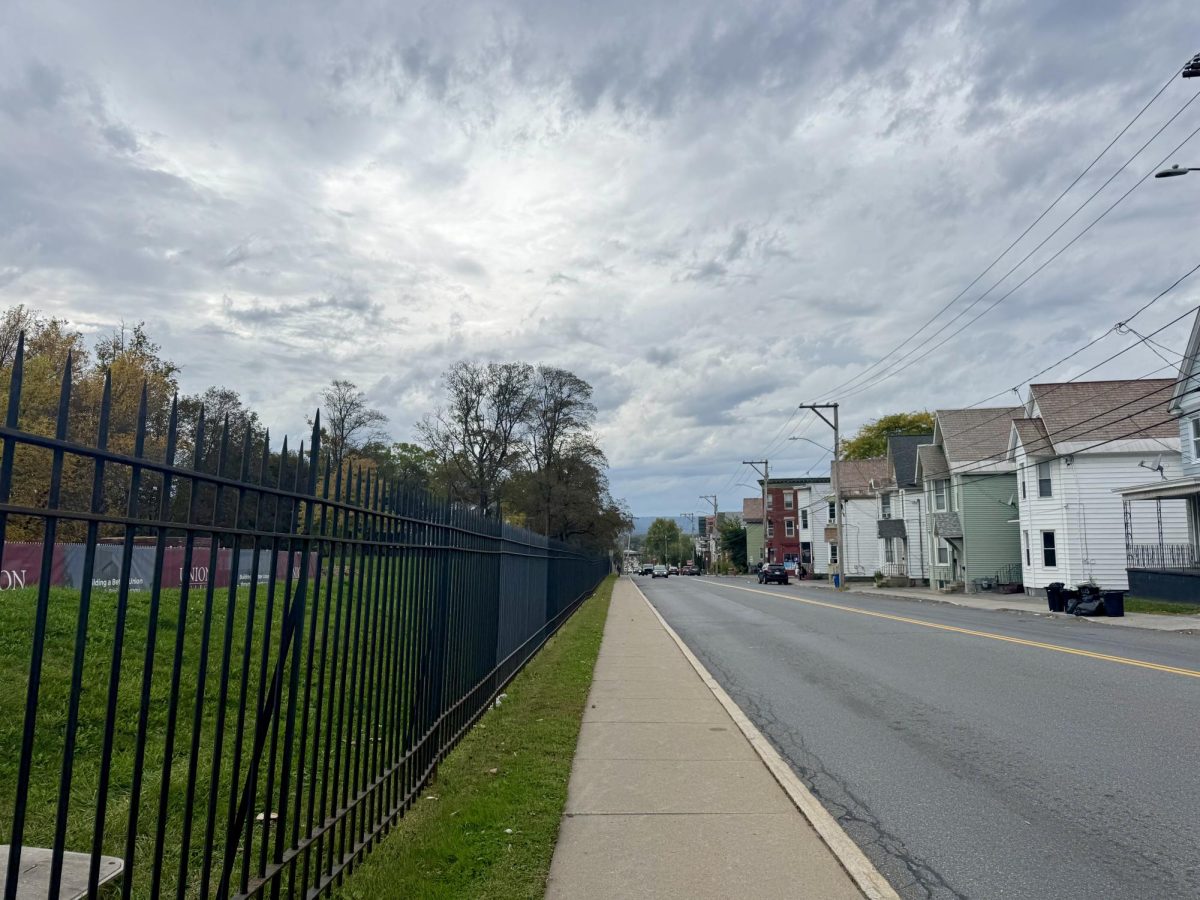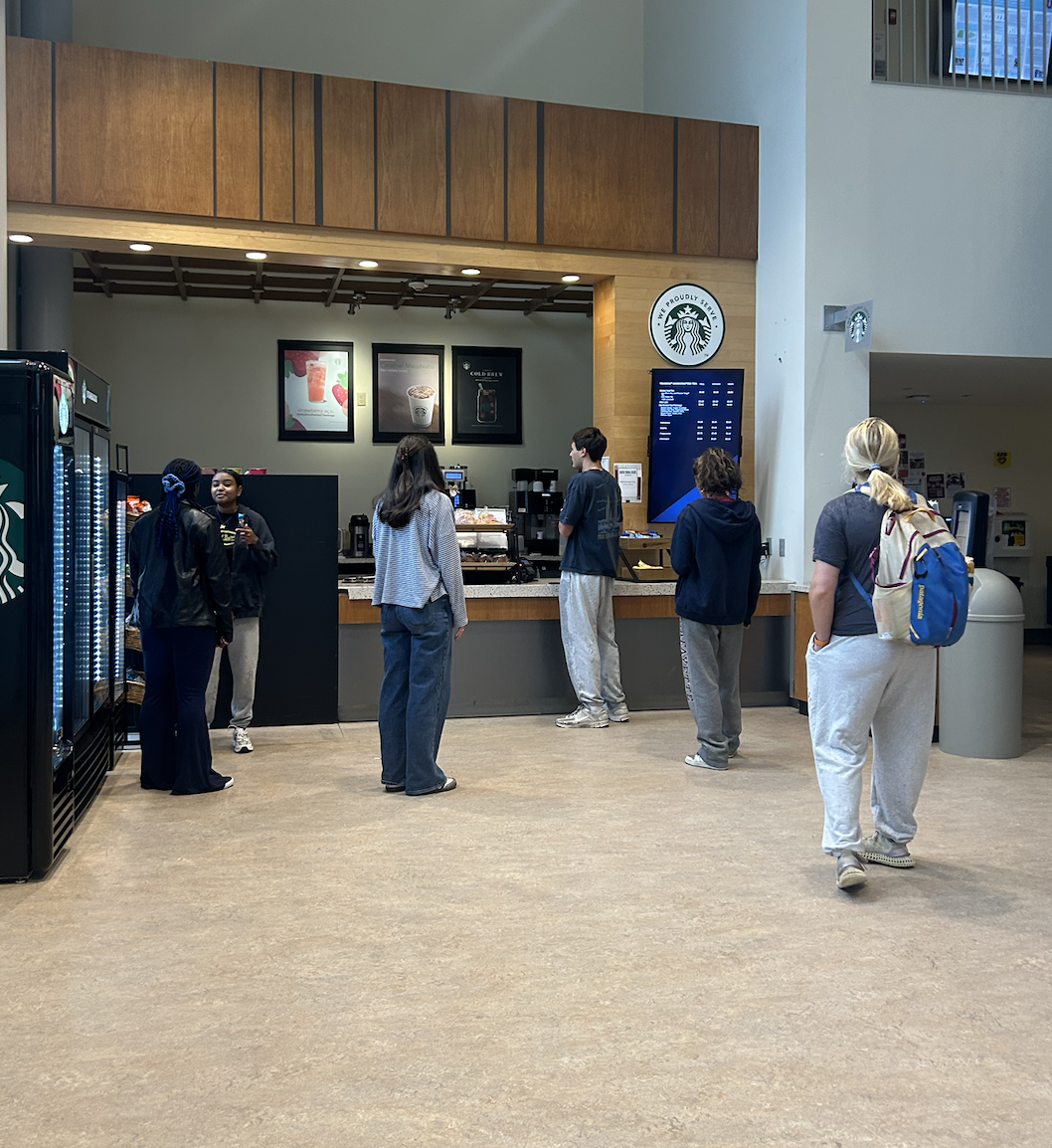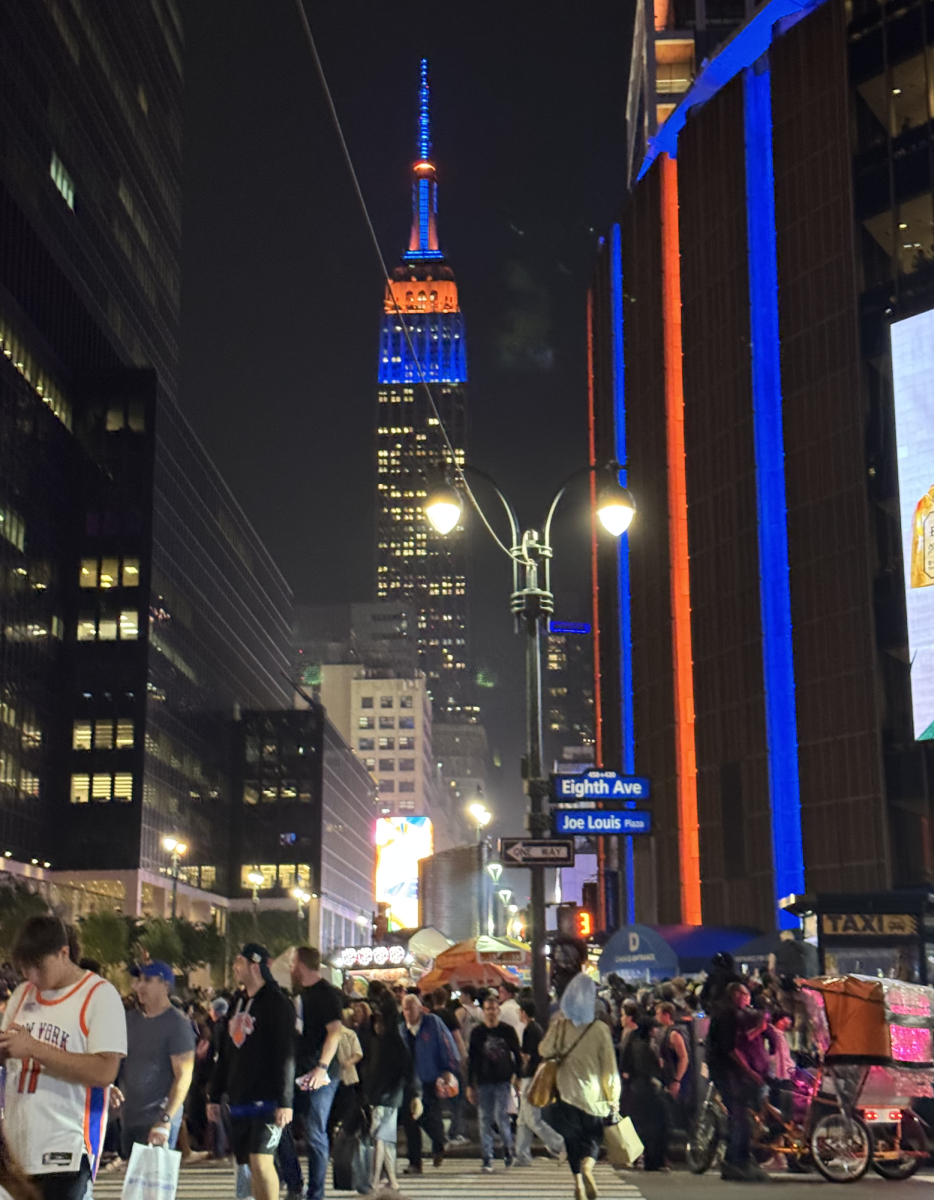Women’s History Month began yesterday, March 1. As a way to celebrate the accomplishments of women throughout history, people from various departments at Union College made posters outlining notable women in their respective fields, calling it the Women’s History Month Wall Project. This project was organized by Professor Anouk Verheyden-Gillikin, and other professors and students helped design the posters and hang them up around campus. Currently, there are walls covered in these posters in the Wold Center, Olin, Reamer, Feigenbaum Center for Visual Arts, and Yuleman Theater.
Professor Verheyden-Gillikin explained to me through an email why this project was important to her. She told me that “With the WHM Wall Project I wanted to highlight the great achievements women made despite the hurdles they faced. I wanted to do something that would be inspirational and create a sense of belonging. I am so grateful for all the wonderful faculty, staff and students who contributed and made this possible; this has been a real team effort. I have received many positive comments and feel it has already made an impact. As I was hanging some more flyers this morning, a student walked by, looked at the wall of flyers and said: ‘My name should be up there.’ I didn’t ask her name, but replied: ‘Go for it!’ and we both laughed. But I know that one day, her name will be up there.”
Recognizing the impact these important women have had throughout history can help modern women have someone similar to them to look up to. It can serve as a reminder that no goal should be unachievable due to a person’s gender, and that women do belong in academic settings and always have. The WHM Wall Project included submissions from all kinds of fields, from history to biology to political science to theater. Knowing that women have achieved greatness in all of these fields can be, as Professor Verheyden-Gillikin said, inspirational.
As a physics major, I helped Professor Heather Watson and Professor Cecelia Bores Quijano create and put up posters for the Physics and Astronomy department. Staff and students from the department made a list of women who had contributed to physics and astronomy. Women such as Sally Ride, the first American woman to go to space, and Cecilia Payne-Gaboschkin, who discovered that stars were composed mostly of hydrogen and helium, were recognized. Women have been contributing to astronomy and physics research for hundreds of years, the oldest woman featured on our posters being Ada Lovelace, born in 1815. She was the world’s first computer programmer, and wrote an algorithm to compute Bernoulli Numbers on the Analytical Engine in 1843. The machine, proposed by Charles Babbage, was never actually built, so her algorithm was not tested.
Ironically, computer programming is a highly male-dominated field, as are most STEM-related disciplines. Despite laws that require gender equality in the workplace, far too many learning and working environments in STEM are hostile and unwelcoming to women. A lot of this comes from the unconscious biases of employers towards women, as well as many people legitimately holding outdated beliefs that women are incompetent in academic fields.
In this sense, the WHM Wall Project can hopefully serve to normalize women participating in academics as much as possible. Ideally, the project can not only make women feel supported, but also encourage the academic settings they participate in to be supportive. Women throughout history have succeeded in doing great things against enormous odds, and reducing those odds allows women to have opportunities that benefit not only them, but their fields as a whole.











